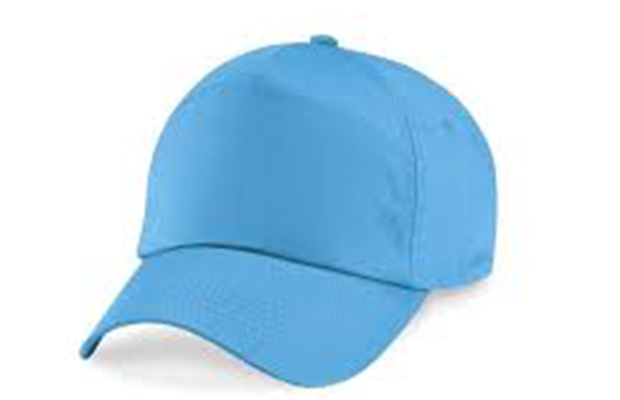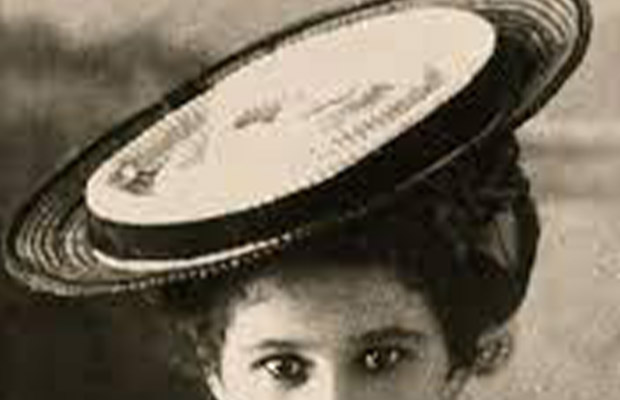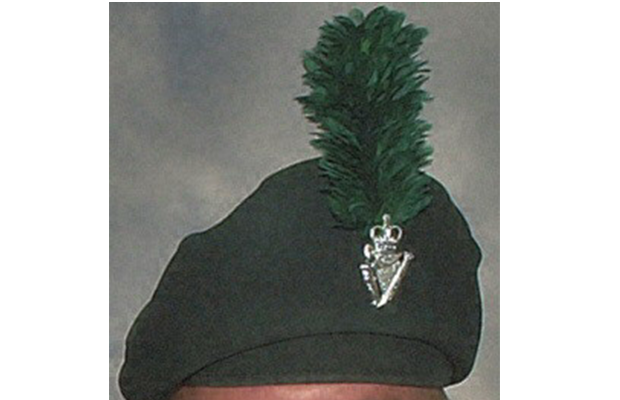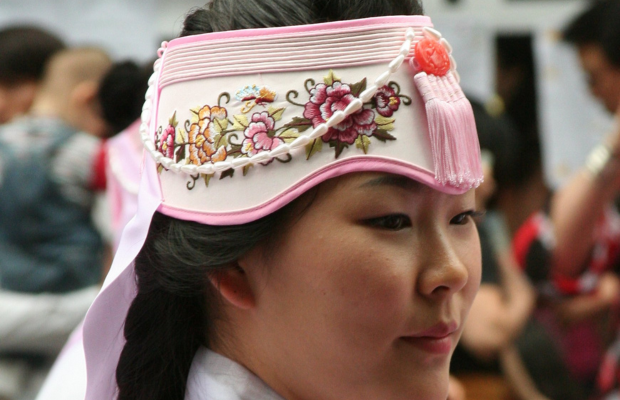
Casquette Culture: How a Simple Cap Became a Cycling Staple
Introduction
In the world of cycling, few accessories are as iconic and ubiquitous as the casquette. This simple yet stylish cap has transcended its functional roots to become a beloved symbol of cycling culture. In this blog, we’ll explore the history of the casquette, its evolution, and its enduring appeal among cyclists.
The Origins of the Casquette
The casquette, also known as a cycling cap, traces its origins back to the early days of competitive cycling in Europe. Initially, it was design for practical purposes to shield riders from the sun, rain, and wind. Made from lightweight, breathable cotton, The casquette featured a small brim that could be flipped up or down depending on the weather.
The Evolution of the Casquette
Over the years, the casquette evolved from a purely functional item to a key element of cycling fashion. In the mid-20th century, professional cyclists began to don caps emblazoned with the logos of their teams and sponsors. These caps became coveted items, often collected by fans as souvenirs and worn as badges of honor.
The Casquette in Modern Cycling
Today, the casquette remains a staple in the cycling community. While modern advancements in helmet technology have reduced the need for traditional caps, the casquette has found new life as a cultural icon. Cyclists wear them not only for their practical benefits but also to pay homage to the sport’s rich history. The cap’s classic design and bold, colorful patterns make it a favorite among both professional and amateur riders.
Casquette Culture: A Symbol of Identity
The casquette’s popularity is not limited to the cycling world. It has become a symbol of identity and camaraderie among cyclists. Wearing a casquette is a way for riders to connect with one another and express their passion for the sport. Whether worn on or off the bike, the cap represents a shared love of cycling and a nod to its storied past.
Embracing Heritage: Exploring Traditional Headwear
If the charm of the casquette has piqued your interest in traditional headwear, you might find Scottish hats and caps equally fascinating. At Kilt Master, we offer a wide variety of authentic Scottish hats, perfect for anyone looking to embrace and celebrate Scottish culture. From the iconic tam o’shanter to the stylish Balmoral bonnet, our collection showcases the rich heritage and timeless elegance of Scottish headwear.
Conclusion
The casquette’s journey from a simple piece of headgear to a cultural icon is a testament to its enduring appeal. Whether you’re a seasoned cyclist or a casual rider, wearing a casquette is a way to connect with the sport’s history and its vibrant community. And if you’re interested in exploring other traditional headwear, be sure to visit Kilt Master to discover a world of authentic Scottish hats that celebrate the beauty and heritage of Scotland.
For more information on Scottish hats and caps, visit our site at Kilt Master. Embrace the elegance and tradition of Scottish culture with our extensive range of authentic headwear.






